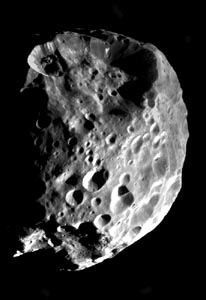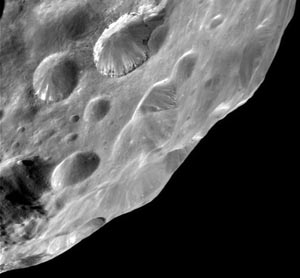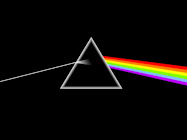
One of the most detailed readings of the Cassini-Huygens mission I have read. A wealth of scientific information on Saturn, 5 of its many moons and the rings.
It is a bit of a long post but there is much information there
The Cassini mission has answered many questions but also asked .even more questions

Titan and Enceladus,
 imagine having 2 moons of such scientific query. Hyperion has several questions also. Why does Phoebe revolve in a
imagine having 2 moons of such scientific query. Hyperion has several questions also. Why does Phoebe revolve in adirection opposite all other known moons? Mind boggling to say the least.
and hows that for a romantic scene at the

end of the evening.
I am fortunate to live in a time of hi-tech space travel. Galileo was the first to observe Saturn. early in 1610. Through the primitive telescope he had thought the rings to be smaller bodies orbiting the planet. 1656 Dutch astronomer Christian Huygens realized what they were.
We have learned much about this planetary system, there is still so much to learn. I can only imagine what the next 400 years will teach us. I imagine mankind's curiosity will get the better of him and we will send a manned mission there someday.
 Phoebe picture from the Cassini
Phoebe picture from the Cassiniand we even have some shots closer than that

I wouldn't want to be the one to plot a landing mission here.






No comments:
Post a Comment